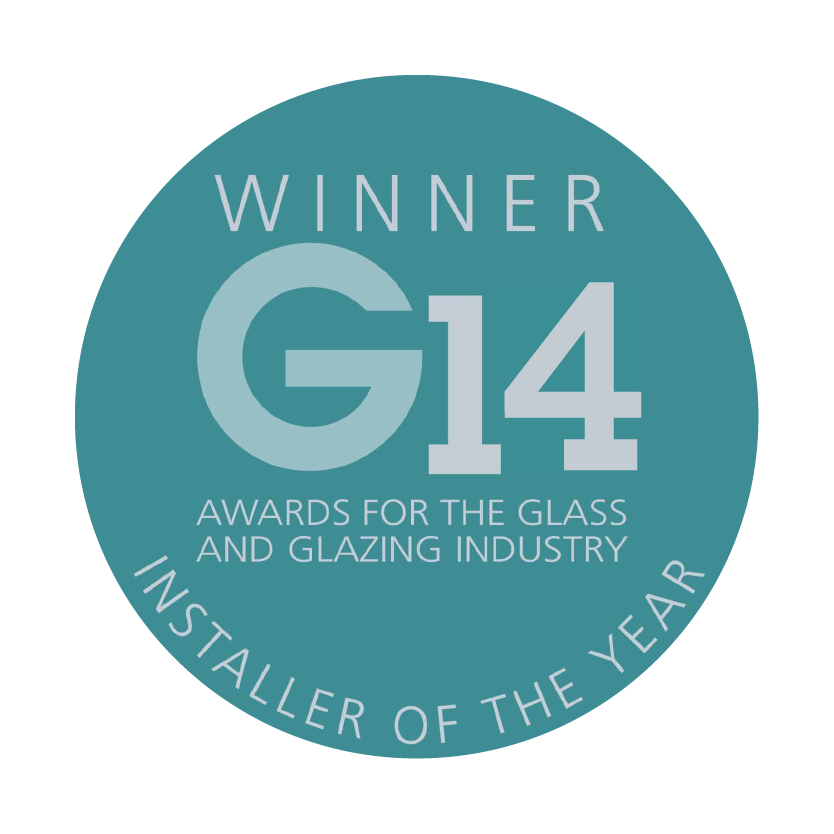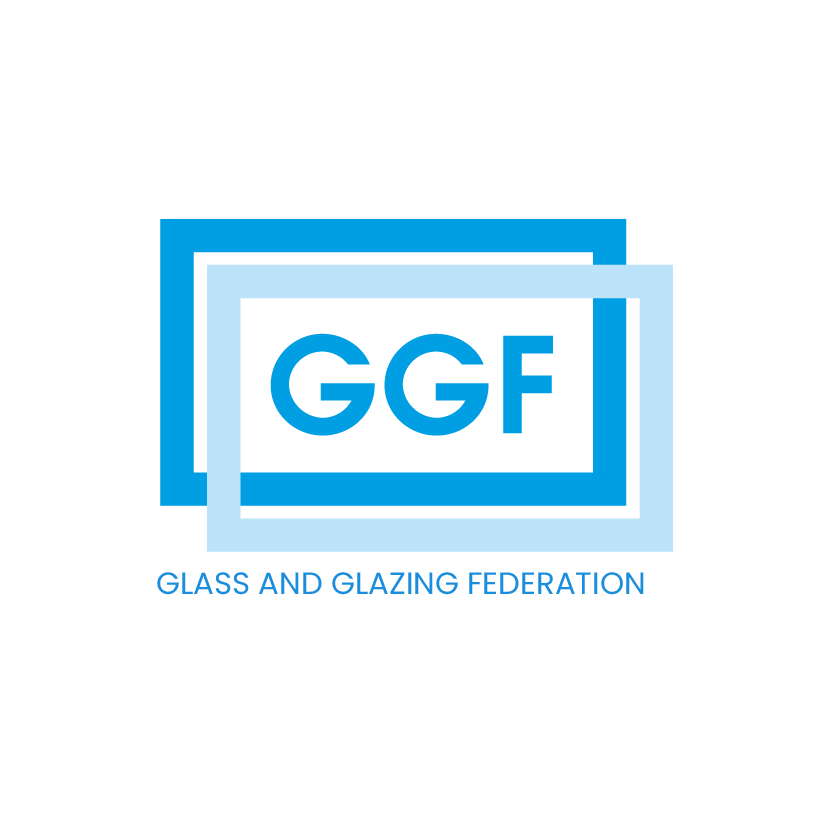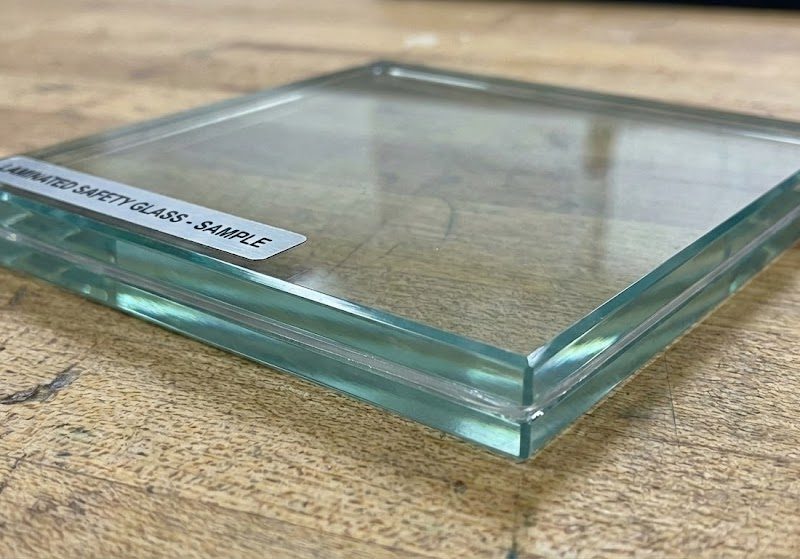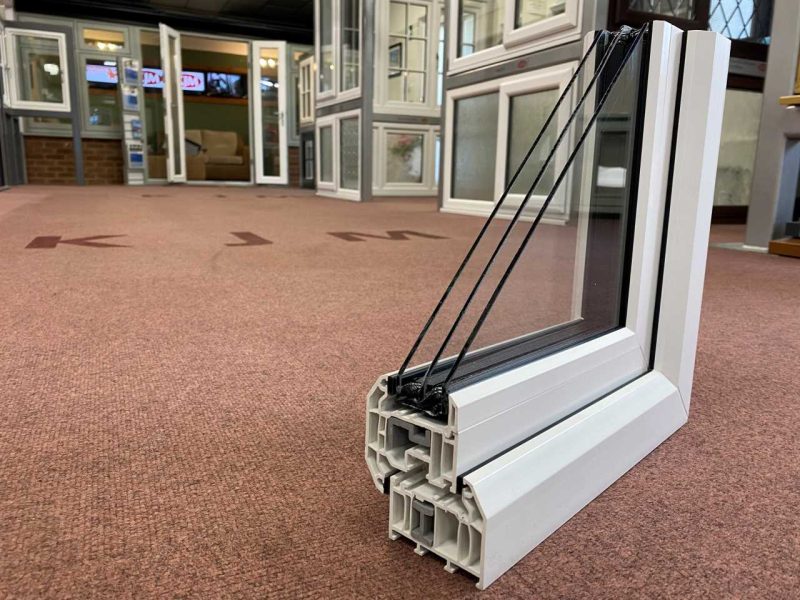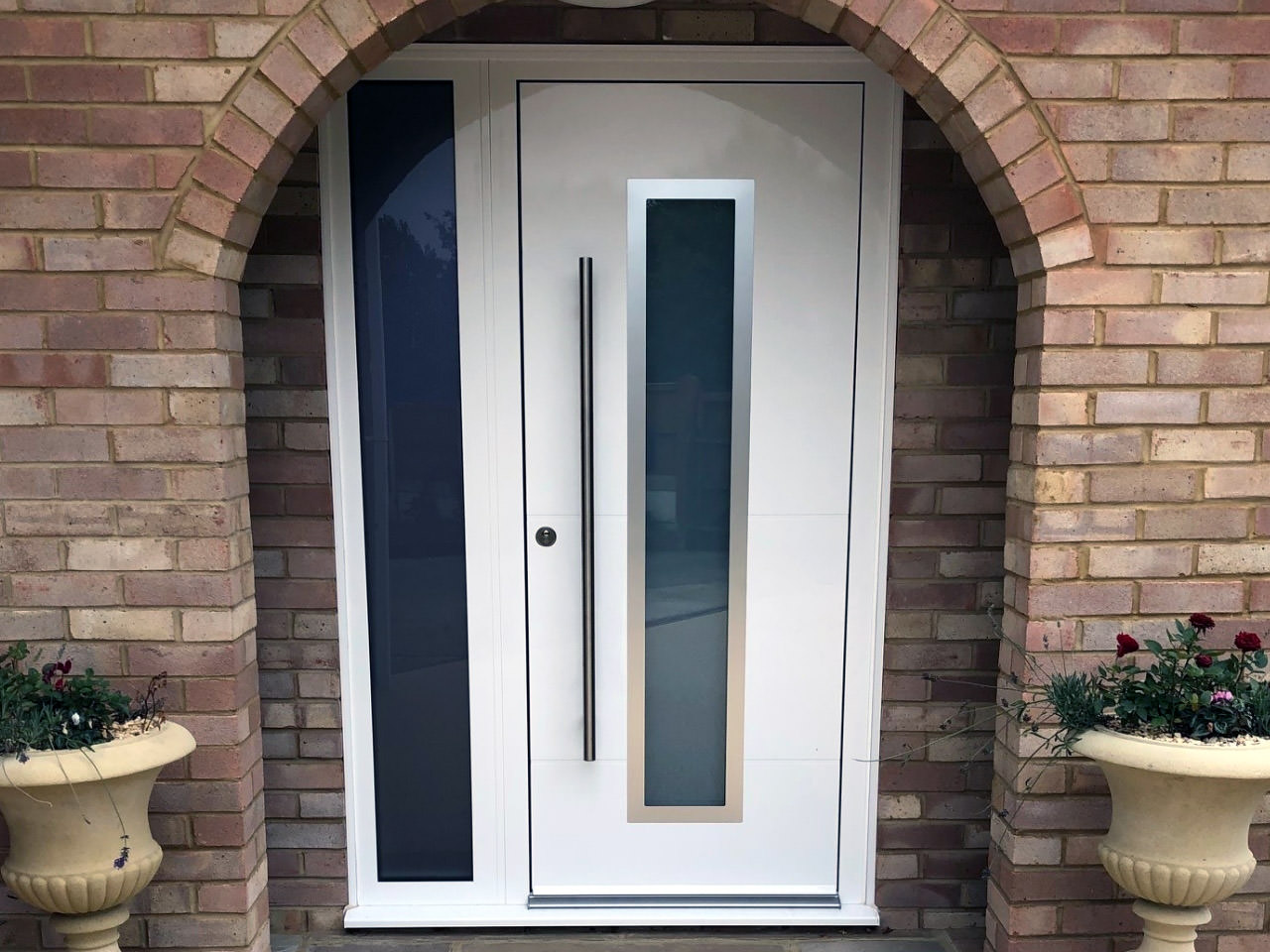
Timber - PVC - Aluminium - Windows, Doors & Conservatories in Dorset
Composite Doors vs. uPVC Doors: The Definitive Comparison Guide
Composite Doors vs. uPVC Doors: The Definitive Comparison Guide
Choosing a new front door is one of the most significant home improvement decisions you’ll make. It impacts your home’s security, its thermal efficiency, and its kerb appeal.
In the UK market, the decision often boils down to two main contenders: uPVC doors and Composite doors.
For decades, uPVC (unplasticised Polyvinyl Chloride) was the standard choice for affordable, low-maintenance upgrades. However, composite doors have surged in popularity, utilising modern manufacturing techniques to offer superior performance across the board.
If you’re trying to decide between the two, this guide provides a head-to-head comparison to help you determine the best investment for your home.
Understanding the Materials
The fundamental difference between these two door types lies in their construction and the materials used.
What is a uPVC Door?
A uPVC door is made primarily from plastic. It typically features a multi-chambered plastic frame, often reinforced with galvanized steel for added strength. The door slab itself is also made of uPVC.
- Pros: Highly affordable, low maintenance, decent insulation.
- Cons: Can look “plasticky,” limited design options, susceptible to expansion/contraction in extreme temperatures, generally less robust than composite.
What is a Composite Door?
A composite door is engineered using a combination (or “composite”) of materials, pressed and bonded together under high-pressure conditions. Each material is chosen for its specific beneficial properties. This typically includes:
- The Outer Skin: Usually made of GRP (Glass Reinforced Plastic)—the material used for boat hulls. This layer is highly resistant to weathering, denting, and fading.
- The Sub-Frame: A robust internal frame providing structural integrity.
- The Core: The centre of the door is filled with either a high-density polyurethane foam or a solid timber core, providing exceptional insulation and strength.
- Pros: Superior strength and security, excellent thermal efficiency, realistic wood-grain appearance, long lifespan.
- Cons: Higher initial cost than uPVC.
For a deeper dive into how these doors are made, read our complete guide: Composite Doors Explained.
Head-to-Head Comparison
While both options provide a significant upgrade over older wooden doors, they perform differently across key categories.
1. Security and Strength
The primary function of a front door is security. While modern uPVC doors feature robust multi-point locking systems, the plastic frame and panels themselves can sometimes be vulnerable if not adequately reinforced. The overall structural integrity is less rigid than a composite alternative.
The multi-layered construction of a composite door makes it incredibly resilient to forced entry. The impact-resistant GRP skin and the dense core (especially solid timber) provide significant resistance against kicking, barging, or targeted attacks. Composite doors are also significantly thicker than uPVC doors (typically 44mm or more, compared to 28mm for uPVC).
When combined with high-quality locking mechanisms (such as anti-snap cylinders), composite doors offer the highest level of residential door security. Look for the “Secured by Design” (SBD) accreditation—a police initiative to improve building security.
2. Thermal Efficiency
Draughts and heat loss around the front door can significantly impact your energy bills. uPVC is a natural insulator, and the multi-chambered design of modern uPVC doors helps trap air, providing good thermal performance.
However, composite doors excel in this area. The high-density foam or solid timber core acts as a superior thermal barrier. This significantly reduces heat loss (resulting in lower U-values), helping to keep your hallway warmer in the winter and reducing your heating costs year-round.
3. Aesthetics and Style
Your front door is the focal point of your home’s exterior.
uPVC doors are often associated with a smooth, slightly shiny, white plastic finish. While coloured uPVC and some wood-effect finishes are available, the design options are generally more limited, and they rarely achieve a premium look.
Composite doors are specifically designed to offer aesthetic versatility. The GRP skin is typically moulded with deep, authentic woodgrain patterns that convincingly mimic the look of a traditional painted wooden door—without the associated upkeep. They offer unparalleled design flexibility, available in a vast array of colours (from Chartwell Green to Anthracite Grey), styles (from ultra-modern to Victorian-inspired), and glazing options.
4. Durability and Lifespan
A front door is an investment, and you want it to last.
uPVC doors have a respectable lifespan, often estimated at around 15-25 years. However, uPVC is susceptible to thermal movement, meaning it can expand and contract slightly with temperature changes, which may cause the door to stick. Over time, lower-quality uPVC can sometimes fade or discolour.
Composite doors are built to withstand the rigours of the British climate. The GRP outer skin is exceptionally resistant to the elements. Composite doors will not warp, rot, crack, or fade significantly over time. A high-quality composite door has an expected lifespan of 30 years or more.
5. Maintenance
Both door types are marketed as low maintenance, which is largely true.
Neither uPVC nor composite doors require painting, staining, or varnishing. A simple wipe-down with warm, soapy water is usually all that’s needed to keep them looking pristine. Hinges and locking mechanisms should also be lubricated occasionally.
Cost and Value
This is the primary category where uPVC holds a clear advantage.
- uPVC doors are the more budget-friendly option. Their manufacturing process is simpler and the materials are less expensive.
- Composite doors are more expensive upfront due to the complexity of combining multiple high-performance materials.
However, it’s essential to consider long-term value. While the initial outlay for a composite door is higher, its longer lifespan, superior energy efficiency (saving money on bills), and enhanced kerb appeal often make it a better overall investment over the lifetime of the product.
Winner (Long-Term Value): Composite Doors
Feature Comparison Table
| Feature | Composite Doors | uPVC Doors |
|---|---|---|
| Security & Strength | Exceptional. Solid core (foam or timber) and GRP skin. | Good. Multi-point locking, but the frame and panel are typically weaker. |
| Energy Efficiency | Exceptional. High-density insulated core. | Good. Multi-chambered frame, but the panelled core can be less insulating. |
| Durability | 30-35+ years. GRP skin won’t warp, crack, or fade. | 20-25 years. Can discolour or become brittle over time. |
| Aesthetics | Premium. Deep wood-grain texture and huge colour choice. | Standard. Typically a smooth white plastic finish. |
| Maintenance | Low. (Tie) | Low. (Tie) |
| Cost | Higher Investment. | Lower Initial Cost. |
Conclusion: Is a Composite Door Worth the Extra Cost?
In almost every performance category, composite doors outperform uPVC doors.
Choose a uPVC door if:
- You are working within a strict budget and need the lowest upfront cost.
- You require a functional, low-maintenance solution for a rear or side entrance.
- Aesthetic perfection is less important than functionality.
Choose a Composite door if:
- Security and robustness are your top priorities.
- You want the best possible thermal efficiency to reduce energy bills.
- Aesthetics are important, and you desire a realistic wood-grain finish or specific style.
- You are looking for a long-term investment that will last for decades.
If your budget allows for it, a composite door is the superior choice for a front entrance, offering peace of mind, improved comfort, and a premium look that lasts.
Find Your Perfect Door with KJM Group
Ready to enhance your home with a secure and stylish new entrance? KJM Group has been providing high-quality windows and doors across Hampshire, Dorset, Wiltshire, and Berkshire since 1982.
| Get in Touch |
|---|
|
Contact our team today for expert advice and a free, no-obligation quotation.
Contact KJM Group Today |
Frequently Asked Questions (FAQs)
Typically, a composite door costs anywhere from 30% to 50% more than a standard uPVC door. However, given the increased lifespan (35 years vs 20 years), the ‘cost per year’ often works out similar.
No. The GRP (Glass Reinforced Plastic) skin is a ‘through-colour’ material, meaning the colour runs through the skin rather than just being painted on top. It is highly resistant to UV fading.
Composite doors are generally more secure due to their solid core construction and heavier weight, making them more resistant to impact than hollow uPVC doors.
⭐ Real Reviews, Real Peace of Mind
Our reputation is built on over 700 independent reviews.
- Which? Trusted Traders: 4.9/5 (100% of customers recommend us)
- Google: 4.9/5 (from 250+ reviews)
- Checkatrade: 9.87/10 (from 360+ reviews)
“As a Commercial Construction Project Manager I cannot recommend highly enough the service and window installation that KJM carried out on my home… their communication and service was exemplary.” – KJM Customer Review
We are also a long-standing member of the Glass and Glazing Federation (GGF) and are Trading Standards Approved, so you are fully protected.
- Window Scrappage & Recycling: How We’re Closing the Loop - 19 November 2025
- KJM Group MD Attends House of Commons Event to Champion UK Glass Industry - 14 November 2025
- Industry News Alert: Pilkington Discontinues Classic Flemish Glass - 14 November 2025




